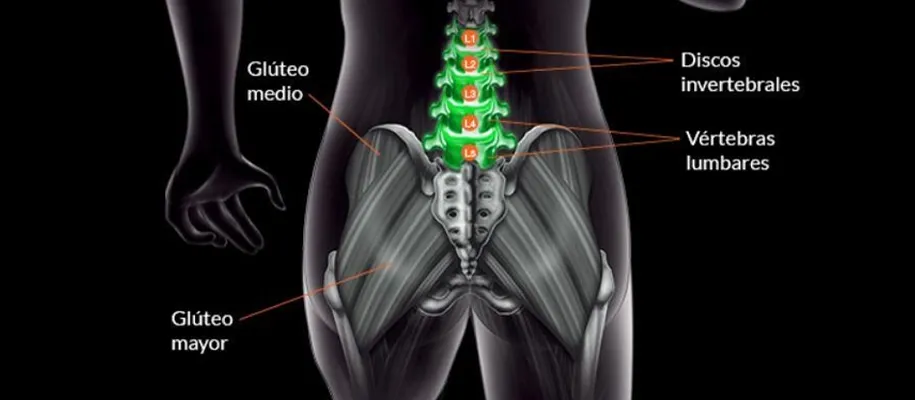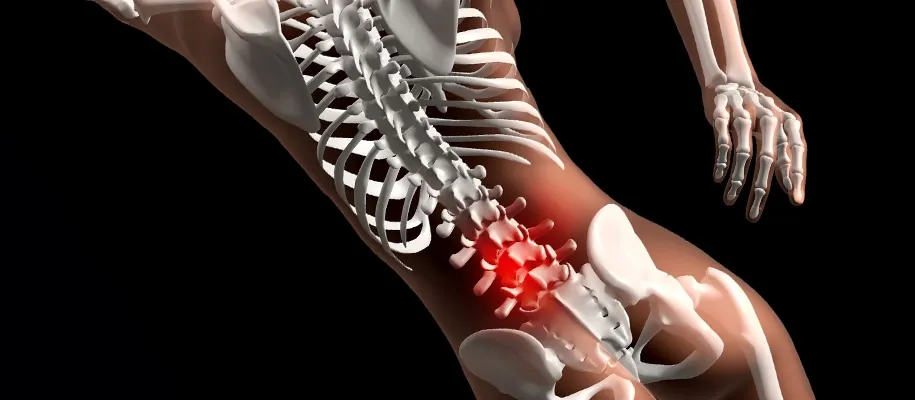Low back pain: types, risk factors and effective habits
Back pain is one of the most common diagnoses in orthopedic consultations, affecting approximately 80 out of 100 people. It's very likely you'll experience it at some point in your life. This pain is located in the lumbar region, that is, in the lower back and waist, and can radiate to the buttocks and thighs.
In most cases, low back pain is of mechanical-postural origin, meaning it's not always related to a hernia or specific injury. Many people with low back pain have postural alterations, causing the body to adopt positions that may seem comfortable at the moment but generate more pain in the long term.
What happens in the lumbar discs?
The intervertebral discs are divided into five and play a fundamental role in distributing compression loads on the spine. They act as shock absorbers, absorbing impacts and maintaining space between vertebral bodies, providing flexibility to the spine. Their main source of nutrition comes from the endplates, through fluid absorption during spinal movements. However, exposure to excessive forces and prolonged high-pressure postures, such as standing or sitting for long periods, can hinder this nutrition process. Although their functions are protective, they are very susceptible to hernias and other disc disorders.

Acute, subacute or chronic low back pain? Main differences
Acute low back pain
This is a sudden pain in the lower back, which may manifest as a pop followed by intense pain lasting less than 6 weeks. It's usually associated with intense physical efforts, poor posture or sudden movements.
Treatment:
Relative rest: Avoid activities involving heavy efforts.
Medication: Anti-inflammatories.
Physical therapy: Gentle exercises to strengthen back muscles.
Alternative therapies: Cold or hot compresses, massages and acupuncture.
Subacute low back pain
Occurs after the acute phase and is characterized by persistent discomfort in the lower back for a period of 6 weeks to 3 months.
Treatment:
Strengthening exercises: Specific rehabilitation programs. Medication: Non-steroidal anti-inflammatories and pain relievers. Complementary therapies: Electrotherapy, manual therapy and Lumbar Radiofrequency: Technique that uses electromagnetic waves to generate heat in body tissues, aiming to relieve pain, improve blood circulation and reduce inflammation.
Chronic or severe low back pain
It's a persistent pain lasting more than 3 months that can become disabling. This type of pain can be debilitating and requires a more intensive treatment approach.
Treatment:
Multidisciplinary program: Coordination between specialist doctor and physiotherapist. Medication: Strong pain relievers and muscle relaxants. Interventional procedures: Lumbar radiofrequency for chronic pain relief.

